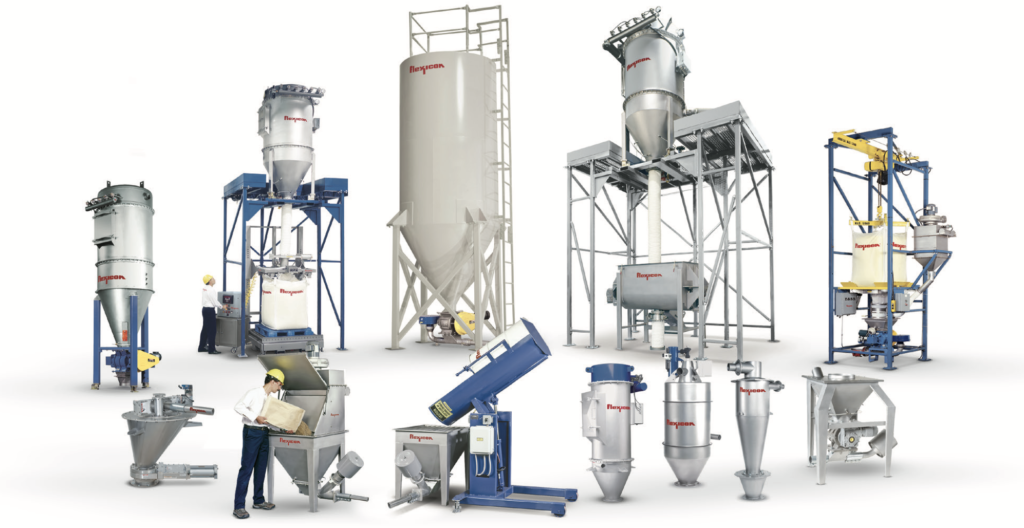Pneumatic Conveyors, or also known as push systems, are mechanical systems that allow goods to be moved from one area to another by pushing them with the use of air. Conveyors are used for a wide variety of transportation and warehousing tasks including packaging, moving and pallet handling, and storage of finished products. There are basically three types of conveyor namely, rotary screw, roller, and compressed air. The main components of a Pneumatic conveyor system are belt, fan, and a shaft connected to an air compressor that creates the required air pressure for the machine to function. For information on Pneumatic Conveying Systems, go to Aptech

The belt is the main component of this kind of machine and is placed above the working area. The belts are made of varying length depending on the load that is to be conveyed. The size of the belt generally ranges from three to eight meters in width. The fan on the other hand is placed near the end of the belt and pushes the fluid along it to the shaft connecting the compressor to the system.
How does a Pneumatic Conveyor system work? Conveyors can improve efficiency, shorten delivery times, and ensure a safe and reliable transportation system. However, when using such a system, one should pay special attention to the loading and unloading areas. This is to avoid accidents that may lead to damage or injury due to faulty installation.


